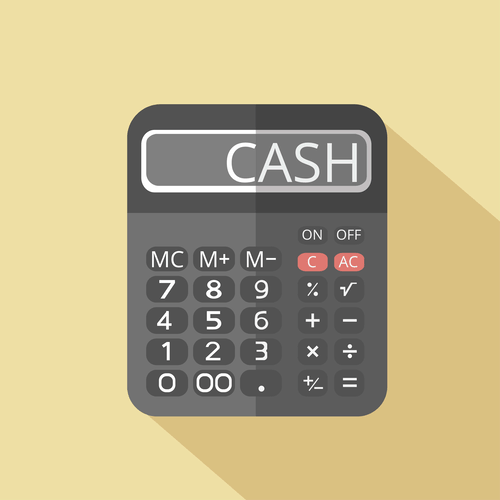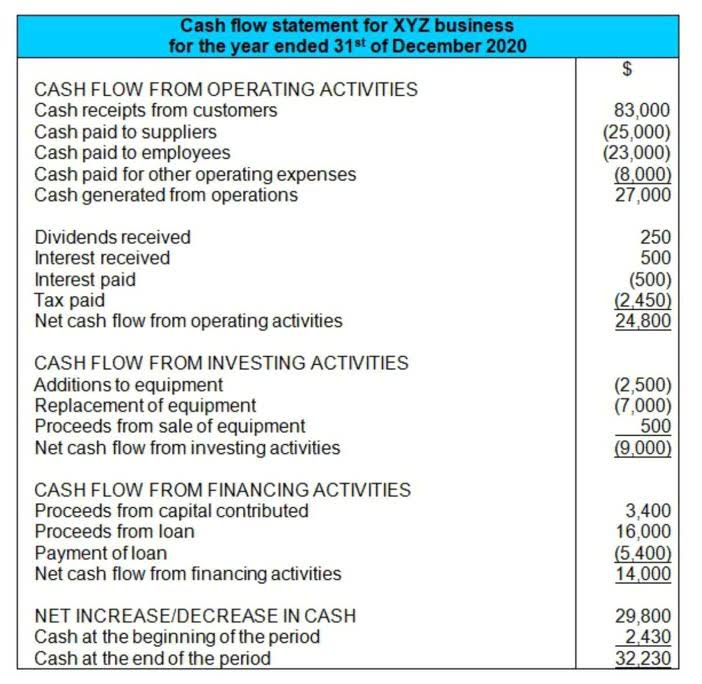
Knowing pay stub information makes the process smoother. The more familiar you are with the parts of a pay stub, the faster you can check for accuracy and pay employees. Understanding information on a pay stub can help solve issues for you and your business. You should know how to create and decipher an employee pay stub.

How does pay literacy help in tax planning?

Easily create professional pay stubs that detail your earnings, taxes, and deductions. It includes details such as gross earnings (total income before taxes and bookkeeping deductions), net pay (income after deductions), taxes withheld, and other contributions. These figures help employees see how much money they’ve made and what amounts have been taken out throughout the year. A pay stub is a document or itemized wage statement that provides a detailed outline of the employee’s gross earnings and deductions.

Some frequently asked questions employers ask about pay stubs
FICA taxes, which are Social Security and Medicare taxes, are also statutory. They are aimed at funding retirement, disability, and hospital insurance. In this employer’s guide, get familiar with the benefits, legal guidelines, and pitfalls to avoid when hiring your child in your business.
Deductions and How They Affect an Employee’s Paycheck

To understand what information to include in a pay stub, take a look at each category below. Read how https://www.bookstime.com/ truly evolving HR requires simplifying and streamlining every core HR process. Luckily, Paycom has the tools to help promote pay literacy in your workplace.
- By looking at the details, workers can determine whether any cost for insurance seems off or if their overtime was calculated correctly.
- Gross wages are how much money you owe an employee before you take out any taxes and deductions.
- Often, state legislatures are a good source of updates on what is required from employers.
- In many countries, it is a legal obligation for employers to issue a payslip each pay period, whether that timeframe is weekly, biweekly, or monthly.
- Employers use payslips to show compliance with labor laws, demonstrating that they pay workers correctly and follow legal standards.
Benefits of pay literacy to employers
Post jobs, get candidates and onboard employees all in one place. Kimberlee Leonard has 22 years of experience as a freelance writer. Her work has been featured on US News and World Report, Business.com and Fit Small Business. She brings practical experience as a business owner and insurance agent to her role as a small business writer.
- As an employer, you must know how to generate pay stubs for your employees.
- For hourly workers, multiply the employee’s hourly pay rate by the number of hours worked in the pay period.
- This information is often documented in a paper document issued to the employee.
- You know payroll noncompliance can result in penalties, reputational damage and a loss of employees’ trust.
- Your documentation practices should do more than the minimum expected by the law.
That’s when a court or government agency has ordered them to do so. Your employer determines the amount with the help of tax tables. They also follow the percentage method as described under the IRS Publication 15-T.
Is the pay stub the same as a paycheck?
In many regions, distributing payslips is also a matter of compliance, since labor laws require pay stubs meaning it for accurate employment records. An hourly employee earns a base of $2,000, which includes 80 hours of regular work plus 5 hours of overtime pay at time-and-a-half. From this $2,000 in gross pay, $300 covers federal, state, and local taxes. Retirement contributions might total $150 from the employee, and there could be an additional $150 in employer contributions. A pay stub, also known as a check stub, is the part of a paycheck or a separate document that lists details about the employee’s pay.
- Some require that employees have access to pay stubs, while others require that the pay stub be printed and handed to the employee.
- Some employers give their employees incomplete pay stubs.
- Such systems integrate with HR platforms to keep track of employment regulations in each country.
- Keeping your team informed about the breakdown of their earnings and take-home pay is just one of the reasons that getting pay stubs right is so important.
- However, some states have set longer statutory periods for the retention of paperwork.
- You also build trust with employees regarding their remuneration.
How you calculate the employee’s gross wages depends on if they are hourly or salaried. For hourly workers, multiply the employee’s hourly pay rate by the number of hours worked in the pay period. To find a salaried worker’s gross pay, divide their annual salary by the number of pay periods in the year.